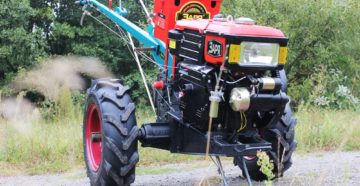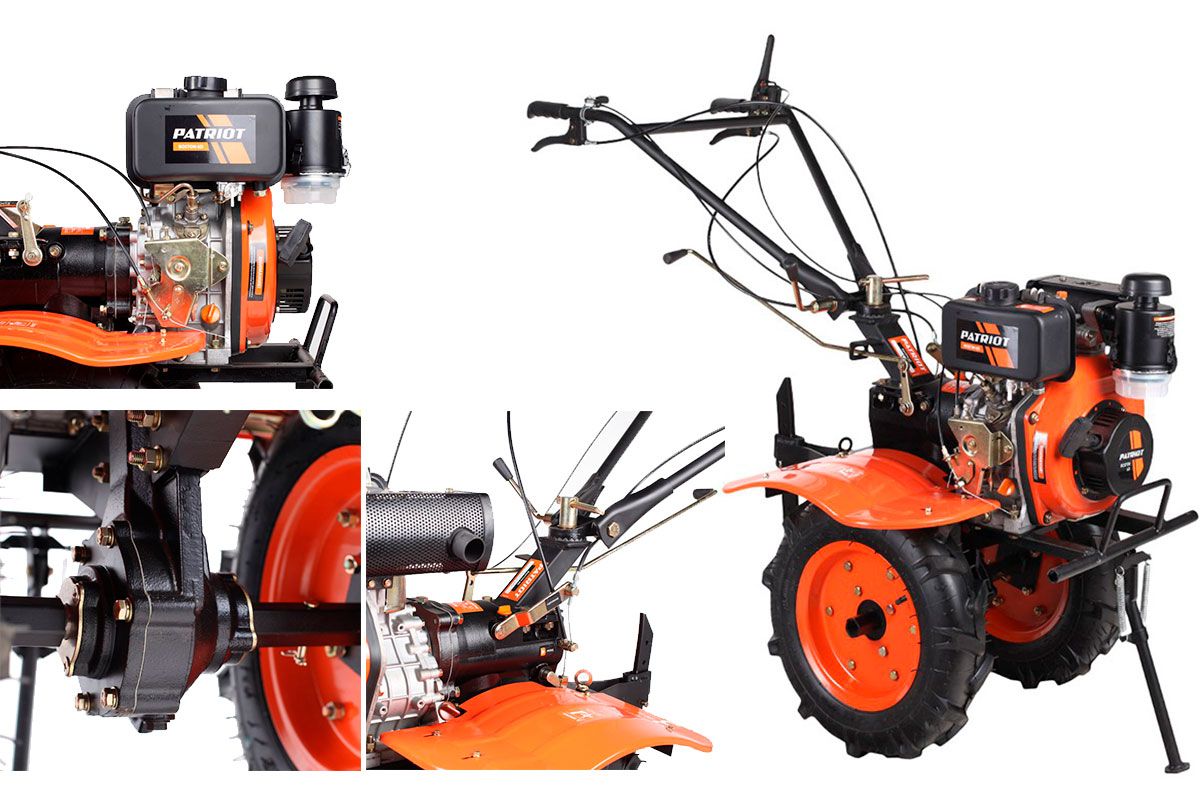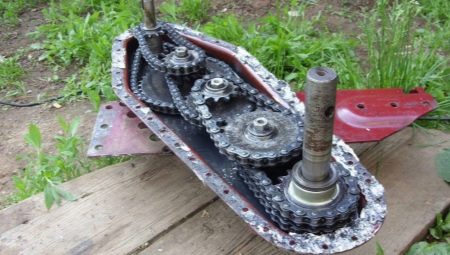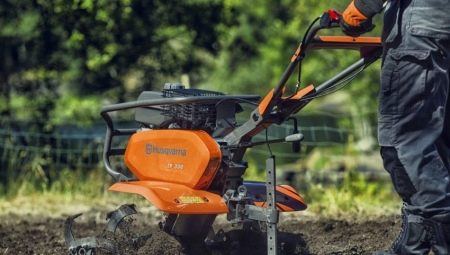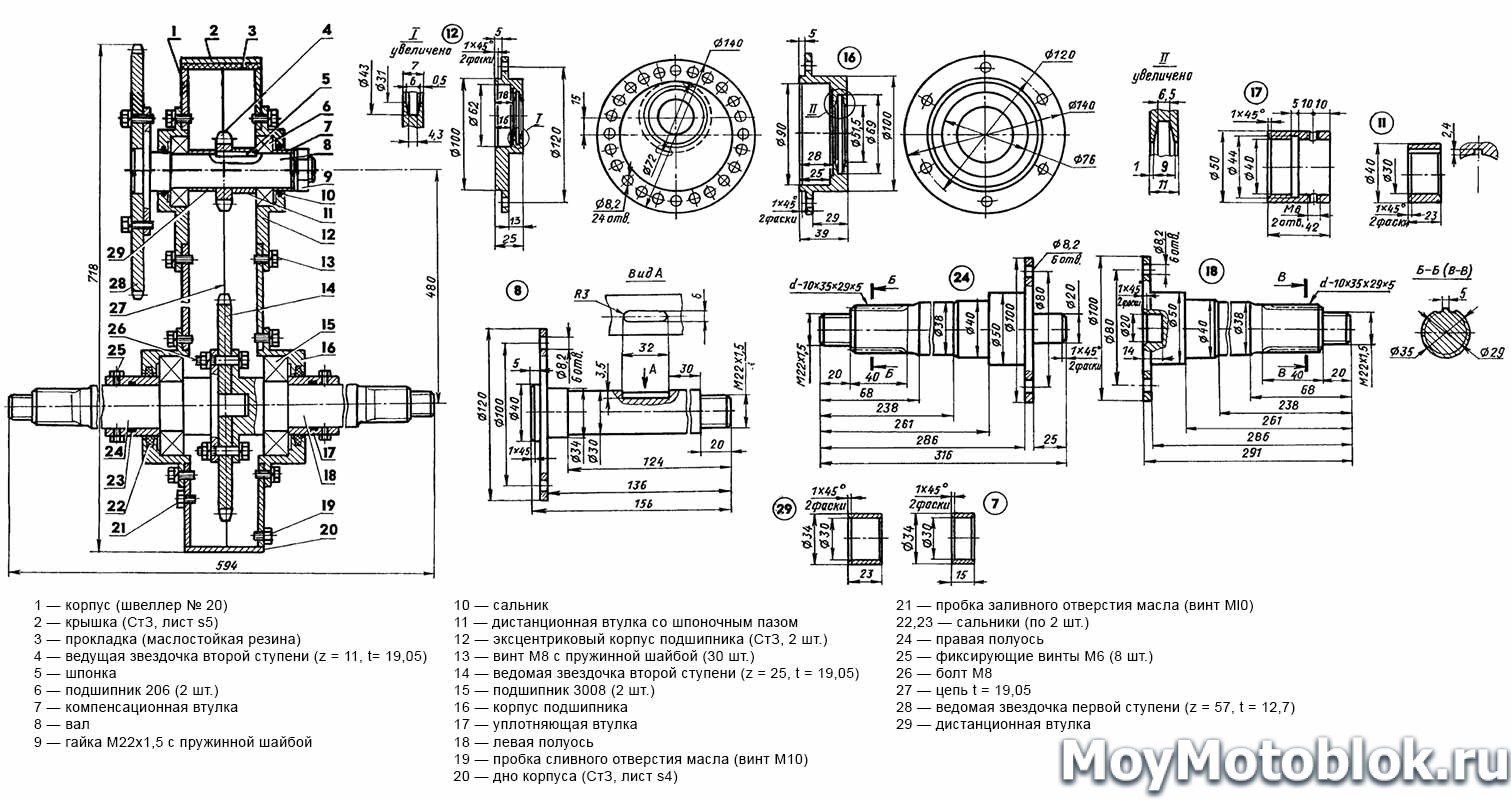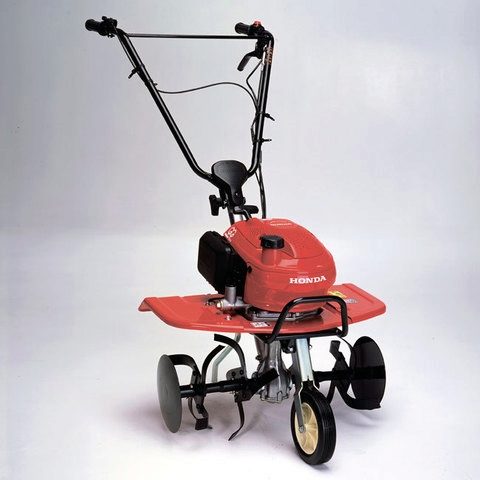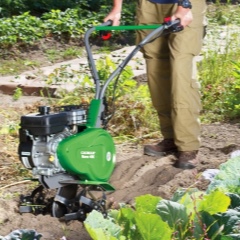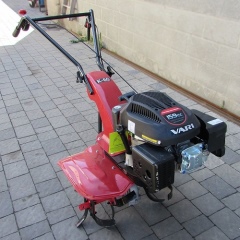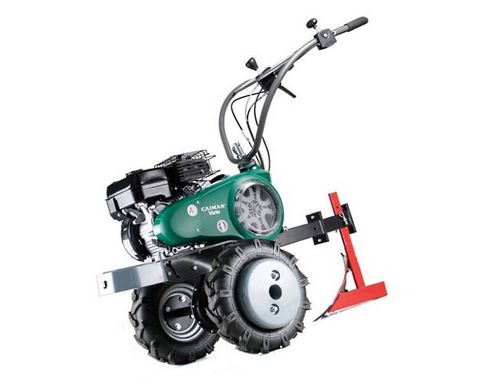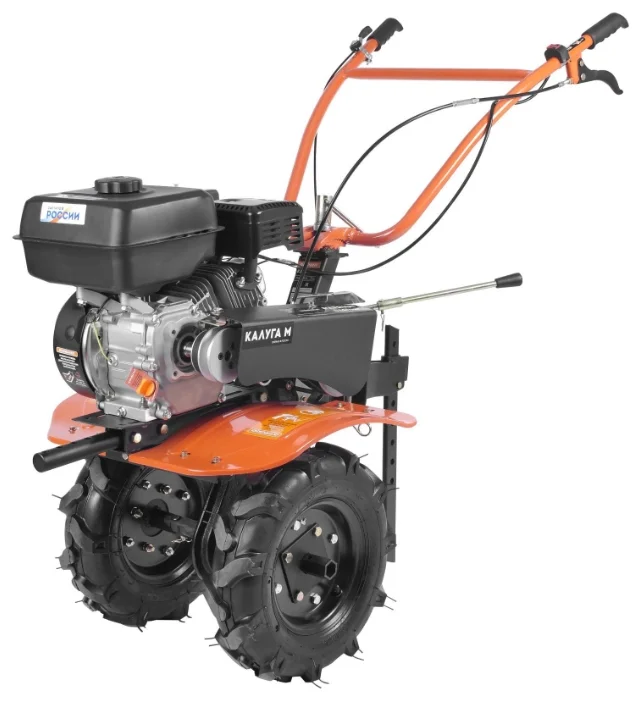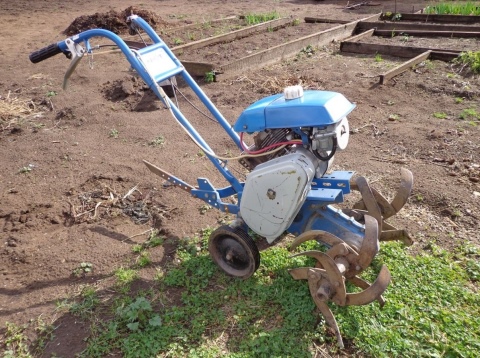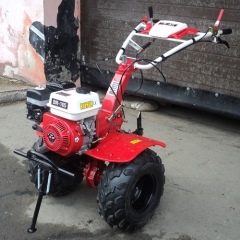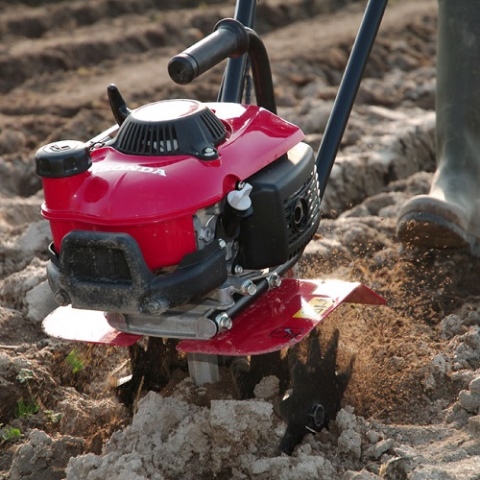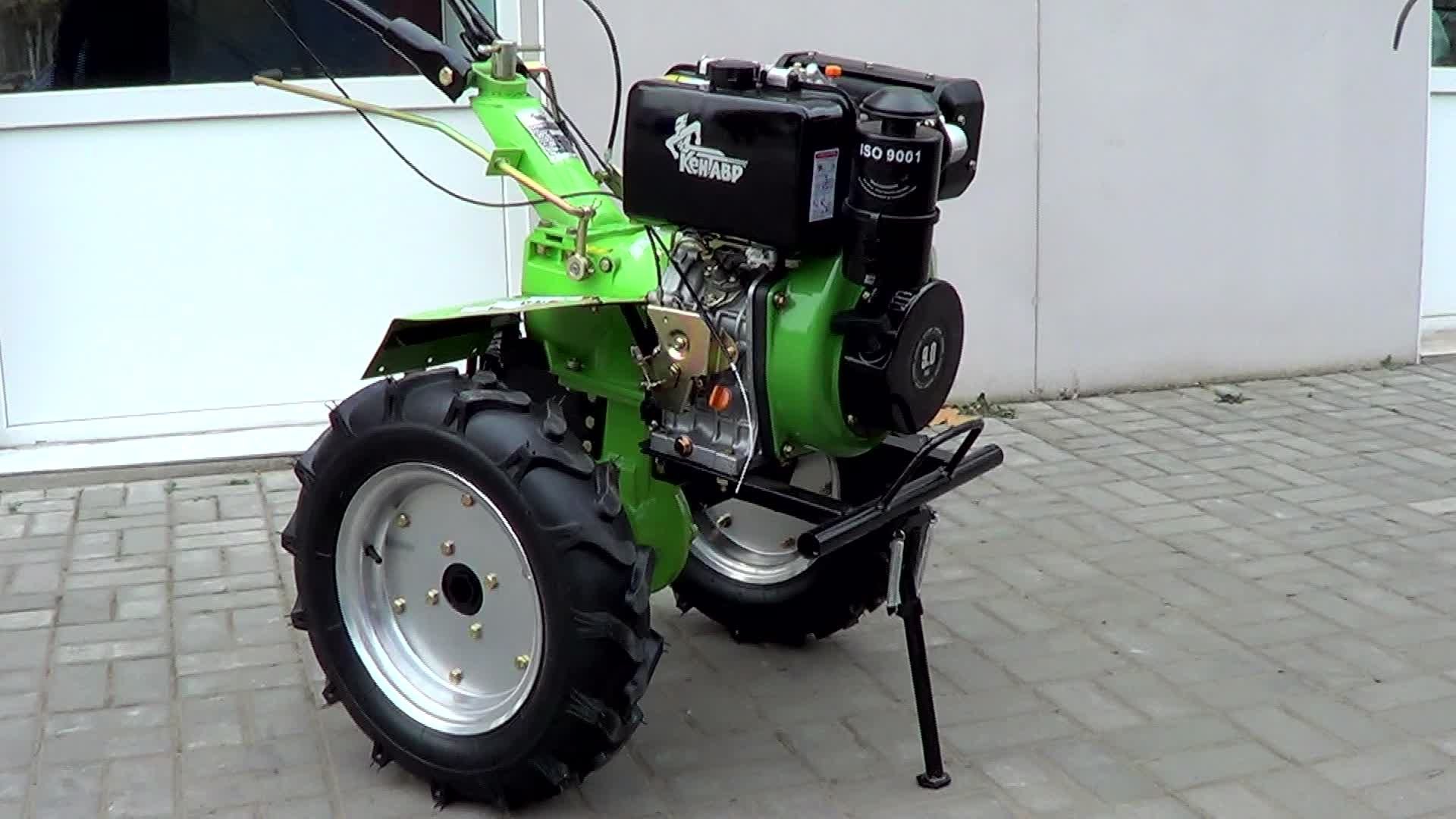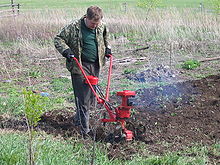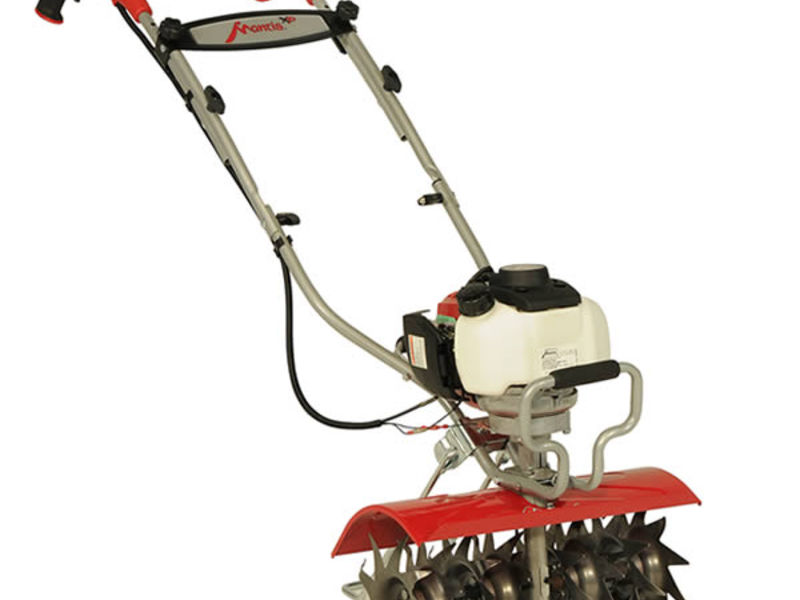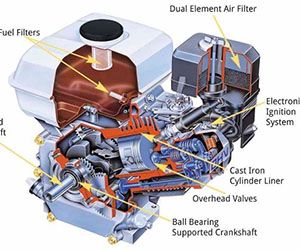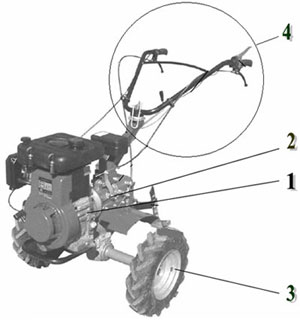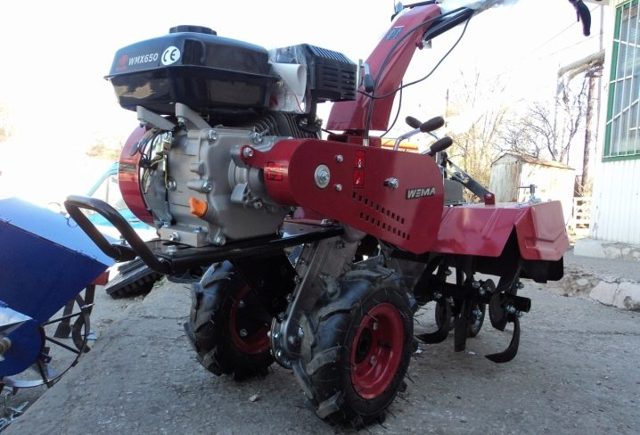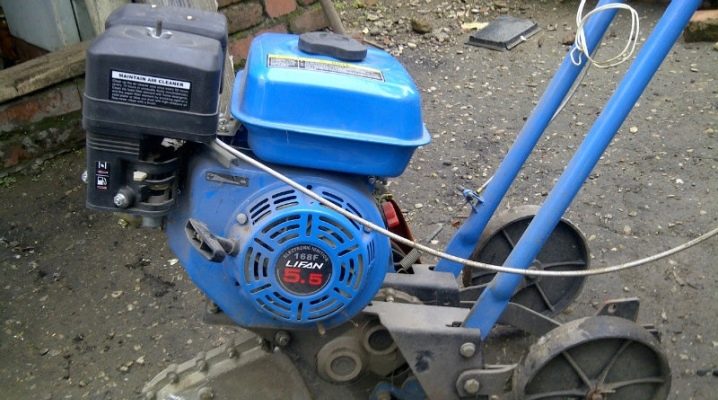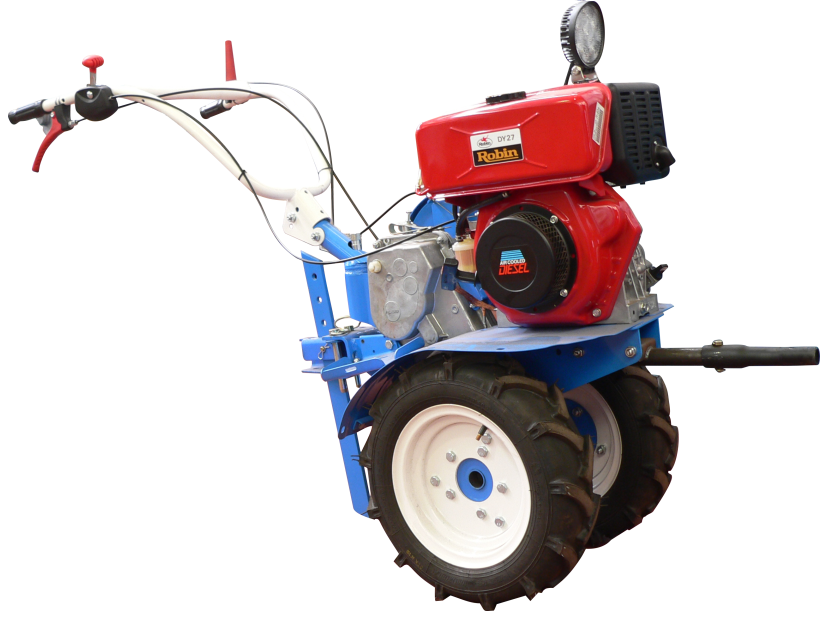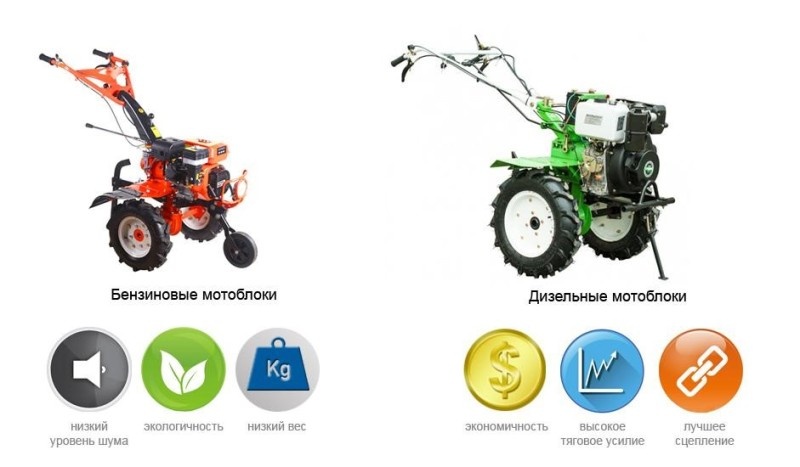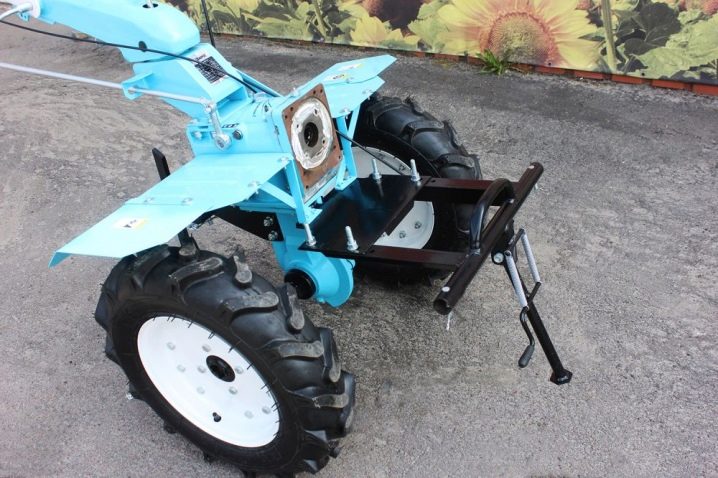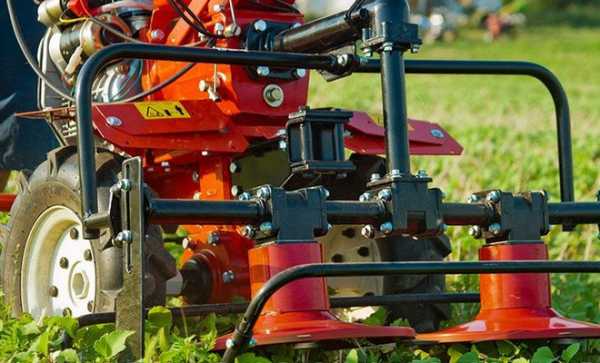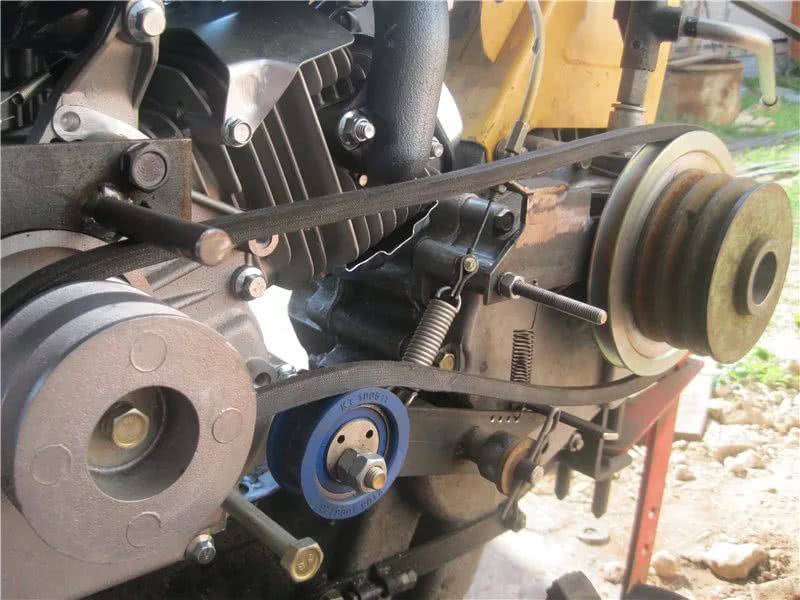Diy angle gearbox
The angular gearbox is used to dock the engine with a longitudinal crankshaft and transmit torque at right angles (for example, to drive a rotary mower).
Features of making a bevel gear with your own hands:
- Housing - is selected from a similar device (for example, a housing from a Ural motorcycle gearbox).
- Shaft and axle - the shafts can be selected ready-made or made independently from steel round bars. The gears are attached to the shafts with dowels, they rotate together. If it is necessary to install several gears to lower or increase the travel of the gearbox, an axle is installed.
- Closed type bearings - are installed in the housing bores tightly, without twisting. Parts must be lubricated before installation.
- Bevel gears - due to the gear coupling of the two parts, the torque is transmitted. When installing, it should be remembered that a small distance must be maintained between the teeth and the parts must be lubricated with grease.
Motor type of motor cultivator
In motor-cultivators, electric motors are used, which can also be divided into mains and battery, and internal combustion, which are divided into two-stroke and four-stroke. Let's consider all these types in more detail.
1. Electric network motors.
They are powered by a network cable from a regular outlet. These engines do not require refueling or a fuel tank. They are convenient for processing small areas, where there is always a socket nearby.
Networked cultivators can be used indoors. Among the shortcomings, the following can be distinguished: the impossibility or difficulty of working at a distance from permanent, stable sources of electricity.
The mains cable often creates problems with the operation of the cultivator. Moreover, if you accidentally cut it, for example, with a milling cutter, the machine operator can get an electric shock. Electric network motors are installed only on low power cultivators.
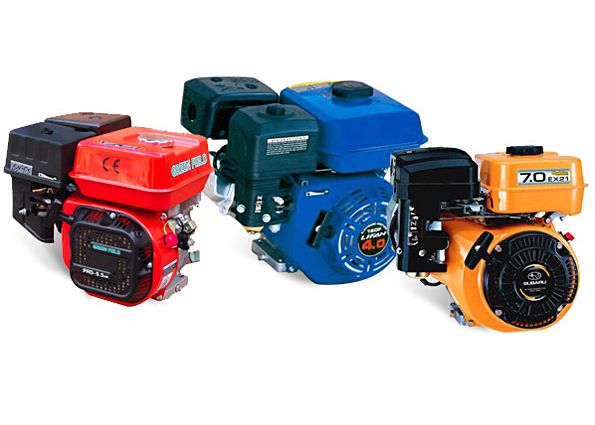
2. Electric battery motors.
Usually, motor cultivators of this type also do not have high power, like network ones, but they are convenient to use relative to network ones, since they do not have a network cable. They can be used on a par with the network in premises (greenhouses, greenhouses, etc.), since they do not have harmful emissions.
Cons: Periodic battery charging is required, over time the batteries gradually lose their capacity, in the cold the battery capacity is greatly reduced. Battery models are somewhat more expensive than network models.
3. Two-stroke internal combustion.
Cheaper than four-stroke, they have less weight and dimensions, but with a shorter service life, significantly higher power and higher fuel consumption compared to four-stroke. Cannot be used indoors due to harmful emissions.
The engine requires a much more serious attitude towards itself: you should wipe it from dust, dirt, change the oil, avoid using too old fuel (if the car has not been used for a long time), etc.
The engine is unsuitable for repair because of the high cost of the repair itself - it is easier and cheaper to buy a new engine. Installed only on light class motor cultivators.
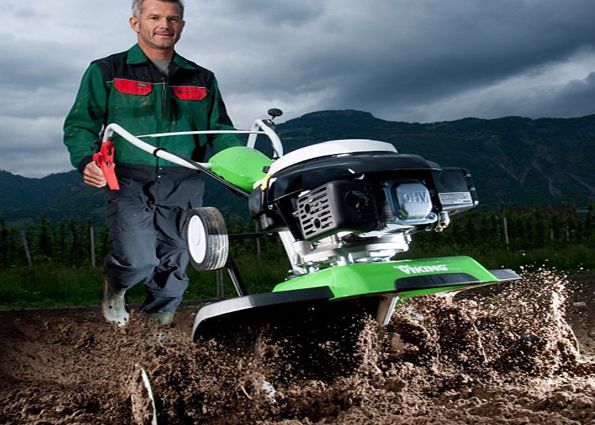
4. Four-stroke internal combustion.
More complex in design relative to two-stroke, they are large in size, weight and price, but more economical.Also, like two-stroke, they can only be used outdoors. All new equipment of medium and heavy classes is now equipped with such engines.
Compared to a two-stroke, it is less noisy, has cleaner exhaust emissions, and also has a significantly longer service life. At the same time, it requires good quality fuel and oil and its maintenance. The engine is able to work without interruption during the entire work shift. The only exception is refueling the car with fuel.
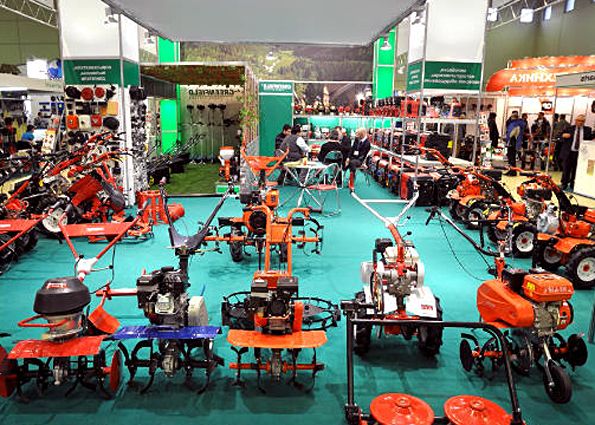
What to choose: cultivator or walk-behind tractor
Many people ask what to choose for working in their own garden - a cultivator or a walk-behind tractor. The cultivator is a small unit that differs from the walk-behind tractor in its low weight and ease of operation. Its small size allows it to work on small areas with soft soil. For large areas, it is better to choose a walk-behind tractor. This more versatile machine is lightweight, powerful and difficult to handle. When choosing a walk-behind tractor, use the table:
| Plot size in hundred parts | Engine power in hp with. |
| up to 15 | 3,5 |
| up to 60 | 4,0 |
| up to 100 | 5,0 |
| up to 200 | 6,0 |
| up to 500 | 9,0 |
Aggregates weighing up to 80 kg and capacity up to 6.5 l. with.
The next selection criterion is the name of the company that manufactures the product. German, English and Italian technology is distinguished by its reliability. Cheap products belong to domestic firms and manufacturers from China. The quality of the units is slightly lower than the European brands. There are also compromise options for giving: the model is domestic, but with a Japanese engine. Service centers are needed to maintain equipment. Transporting goods requires a vehicle with multiple gears
Pay attention to the scope of delivery. The richer he is, the better.
Cultivators are of two types: row-crop and steam cultivators. The latter are intended for pre-sowing soil cultivation. Arable land cultivates the sown land. They all consist of a frame and tools for work. These include: cutters, discs, tines, support and travel wheels, units for adjusting the depth and working width. For work in greenhouses, cultivators with an electric motor are produced. A good device is one that has a smooth run and does not burrow into the soil. The operator only guides it in the right direction.
It is necessary to consider what works best in the garden - a walk-behind tractor or a cultivator. For any of them, you need to prepare the area: remove foreign objects, remove animals and small children. Popular cultivators with positive reviews:
- Electric cultivator Hammer flex EC1500. Its cost is 8999 rubles.
- DAEWOO DAT2500E with electric motor. It costs 21,990 rubles.
- Mantis Electro. The motor runs on electricity. Price - 37880 rubles.
- GreenWorks GTL9526. Electric. It costs 7990 rubles.
Popular manufacturers of mini tractors (motoblocks) and cultivators:
- Carver (America);
- Caliber (Russia);
- Elitek;
- Neva (Russia);
- Hyundai (Korea);
- Pubert (France).
They have proven themselves well:
- cultivator Husqvarna TF-334;
- walk-behind tractor Stavmash MK-900;
- cultivator Hyundai T700;
- motor cultivator of the Kama 651 brand.
Based on the foregoing, we can conclude that it is better to buy for a summer residence, a vegetable garden or a large agricultural plot:
- If you plan to buy a "helper" for processing a small vegetable garden, summer cottages with greenhouses or a greenhouse with an area of 3-5 acres, a light or ultra-light mobile electric cultivator will do. In small confined spaces, a very important criterion is the absence of exhaust gases. Such a unit will be convenient for elderly people.
- For a summer cottage or a country garden, the area of which does not exceed eight acres, a cultivator with a gasoline engine would be an ideal option.
- For an average plot of 10-20 acres, you can choose both a powerful cultivator and a middle-class walk-behind tractor. Here, when selecting a unit, the following features should be taken into account: the type of soil of your site, the types of planned work and the budget.
- An agricultural plot from 20 acres to 1 hectare is best processed using a medium or heavy walk-behind tractor with large pneumatic wheels and a 6-8-speed gearbox. Make a choice in favor of the latter if it will be necessary to plow virgin lands.
- If you are the owner of a farm with a field of more than 1 hectare, you will need a multifunctional heavy-duty walk-behind tractor or mini-tractor.
Choosing a convenient unit for yourself, you can purchase high-quality equipment for performing agricultural work on the site.
Did the information you read help you make a choice between a cultivator and a walk-behind tractor?


